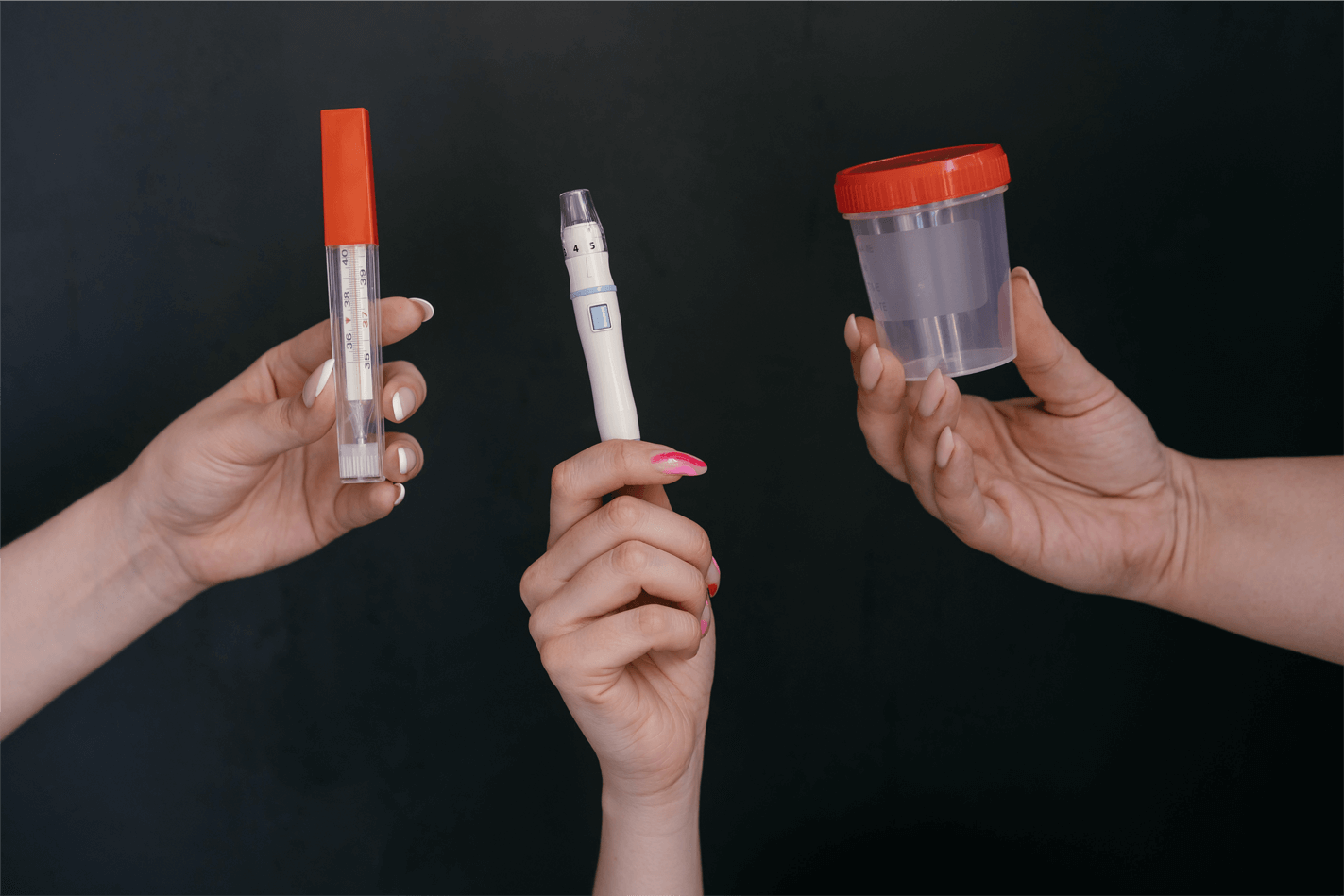Traditionally, the diagnosis of a UTI relied on the presence of certain symptoms such as painful urination, urgency and frequency of urination, and a positive urine culture result. However, these methods had limitations such as the possibility of contamination during sample collection, long turnaround time for culture results, and the inability to detect certain bacterial pathogens.
The use of PCR technology revolutionized the diagnosis of UTIs. PCR is a laboratory method that amplifies the DNA of pathogens present in the urine sample, allowing for highly sensitive detection of bacterial pathogens that may not be detectable by conventional urine culture. The technique also shortens the turnaround time for diagnosis, typically within 24 hours compared to the several days required for culture results.
The first UTI PCR test was approved by the Food and Drug Administration (FDA) in 2011. The cobas® 4800 CT/NG test by Roche Molecular Systems was the first FDA-cleared PCR test that could detect Chlamydia trachomatis and Neisseria gonorrhoeae, two common bacterial pathogens that cause UTIs.
Since then, several other UTI PCR tests have been developed, each with specific advantages and limitations. Some tests can detect a broader range of bacterial pathogens, while some have limited sensitivity to certain organisms. The cost of these tests also varies, with some being more expensive than others.
As of 2021, UTI PCR testing is available in many healthcare settings across the country. Medicare reimburses for UTI PCR testing under certain conditions, including patients with recurrent UTIs or suspected antimicrobial resistance.
In conclusion, UTI PCR testing has revolutionized the diagnosis of UTIs in the United States. It provides highly sensitive detection of bacterial pathogens, shortens the turnaround time for diagnosis, and is improving patient outcomes. As a Medicare Billing Expert, staying up to date with the history and advancements in UTI PCR testing is crucial in providing proper billing and coding for this diagnostic procedure



